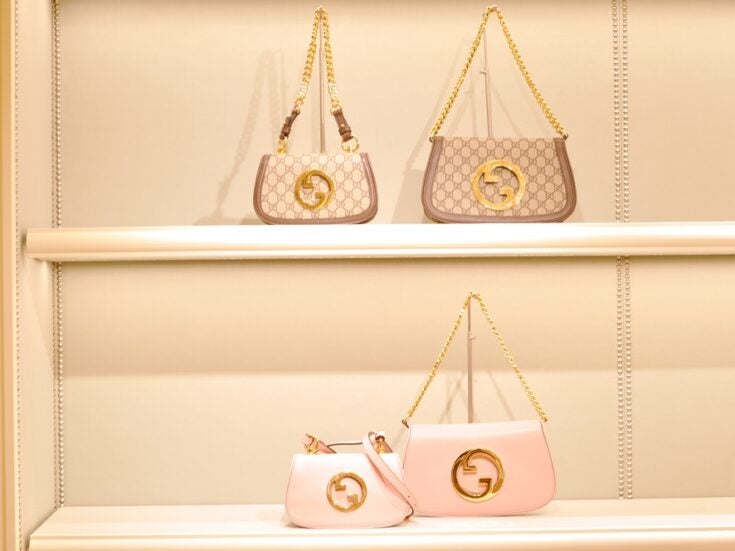
Here’s where UHNWs focused their philanthropy efforts the most in the past five years, according to the 2022 Wealth-X ultra-high-net-worth philanthropy report.
The year 2020 was landmark for philanthropy. According to the 2022 Wealth-X philanthropy report, giving by individuals totalled around $488 billion globally, and, of that, $175 billion was by ultra-high-net-worth individuals — specifically anyone with a net worth of more than $30 million. In total, this averages out at almost $600,000 per UHNW globally.
Across all giving, UHNW donors saw the biggest increase in 2020, with total donations increasing by four per cent, compared to donations by non-UHNW individuals which increased by three per cent.
But what do we know about these UHNW donors? While women make up 10 per cent of the global UHNW population, among major philanthropists (those who have given or pledged at least $100,000 in the past five years, or have given a single philanthropic gift of $50,000 or more), women make up almost 14 per cent.
Women comprise the same proportion among UHNWs with a foundation, even though this subsection tends to be wealthier so will be even more male-dominated.
Major UHNW philanthropists and those with a foundation are older than the average UHNW, likely linked to the fact that they tend to be wealthier. But interestingly, although major philanthropists are more likely to be self-made, those with a foundation are most likely to have made their wealth in part from inheritance.
The majority of ultra-wealthy giving comes from North America, unsurprising considering it’s home to 38 per cent of the world’s UHNWs and 37 of the world’s UHNW wealth. In fact 52 per cent of all global UHNW philanthropy in 2020 came from North America, tallying up to $90.5 billion.
Europe follows, contributing just under a third of global UHNW philanthropy in 2020. Meanwhile, although Asia has 30 per cent of the world’s UHNWs and 29 per cent of the world’s UHNW wealth, the region made up just over a tenth of recorded global UHNW philanthropy.
There are also major differences between UHNW philanthropists globally.
Across the general world population of UHNWs, 72.5 per cent are entirely self-made. Among wealthy philanthropists from North America, this proportion is higher, three-quarters of UHNW givers are self-made.
In Europe, this proportion is far lower, with only two-thirds of UHNW philanthropists entirely self-made, reflecting the higher levels of generational ultra-wealth on the continent.
And while globally women only make up a tenth of UHNWs, they are more represented among the UHNW philanthropic community. In North America and Europe they make up 11 per cent of UHNW philanthropists, and in Asia almost 14 per cent.
This aligns with a wide variety of research that shows women are often more charitably-inclined, so as the proportion of ultra-wealthy women continues to grow, it is likely to have a significant impact on the philanthropic sector.
Asian UHNW philanthropists are also much younger, with an average age of 60, and 18 per cent aged under 50. In comparison, the average age of a North American UHNW philanthropist is 68, and less than 12 per cent are aged under 50.
Across all UHNW philanthropy, education is the most popular cause to support: around half of UHNW philanthropists in Europe and North America donated to education endeavours, and over 60 per cent of those in Asia. In North America, philanthropists donate across a wide variety of interest areas, while in Asia they tend to be more focused.
Two years into the Covid-19 pandemic, the UHNW population has grown, and so has their wealth. And, specifically post-pandemic, it's clear that there is real appetite in the UHNW community for philanthropy.
Spear’s Magazine presents Spear’s 500 Live on 7 September. Find more information on NSMG.live.
Image: Shutterstock






